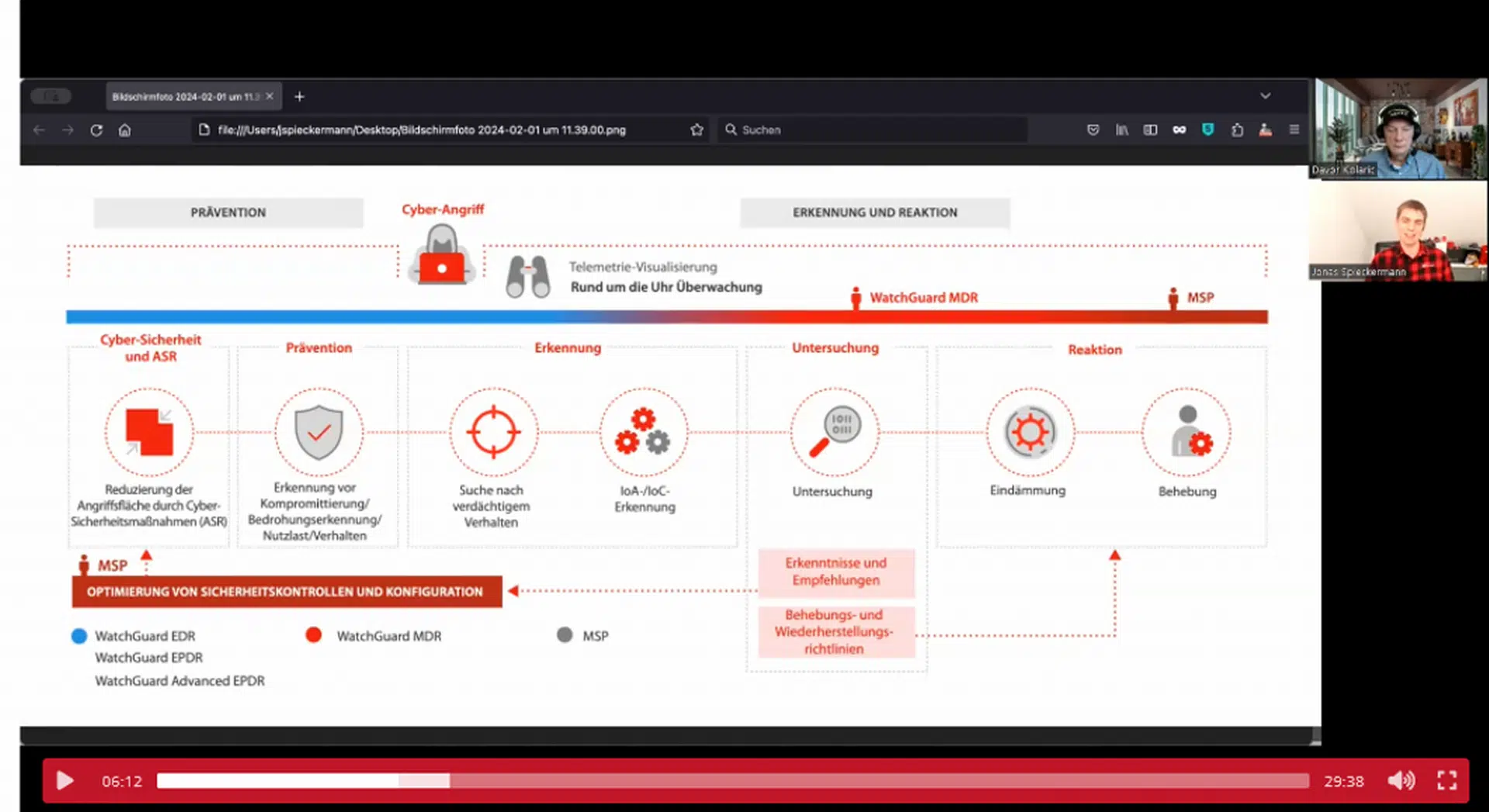
Analysts to Discuss Current and Future State of the Privacy Landscape at the Gartner Security & Risk Management Summit 2022, 12-14 September in London
By 2025, privacy lawsuits and claims related to biometric information processing and cyber-physical systems will have resulted in over $8 billion in fines and settlements, according to Gartner, Inc.
“Autonomous vehicles, drones that capture video, smart buildings and smart cities are cyber-physical systems that capture biometrics of all kinds,” said Bart Willemsen, research vice president at Gartner. “The collection and storage of biometric information is gaining, whether in the form of fingerprints, iris scans, remote recognition of face, gait, voice, or even DNA samples. But this information has huge potential to be misused or abused.”
Willemsen said that new privacy laws cover the capture, conversion, storage and processing of biometric data, and can even apply to face tagging technology in social media. They may also come with a retention regime, and may prohibit selling, leasing, trading or profiting from biometric data. Some prohibit the usage of biometric information in certain use cases altogether.
“In such cases, it is important that security and risk management leaders and privacy leaders consider alternative, less invasive means to achieve the intended purposes, explaining all necessary information to the customer without any caveat,” added Willemsen.
Some multinational, consumer-facing organisations are actively moving toward a self-service model through privacy portals and intake forms. Their intent is to not simply avoid regulatory fines, but also to bolster customer trust and maintain positive brand sentiment.
Privacy Budgets Will Increase, Allowing Privacy to Shift from Compliance to Competitive Advantage
Gartner predicts that by 2024, large organisations’ average annual budget for privacy will exceed $2.5 million, allowing a shift from compliance ethics to competitive differentiation.
Privacy budgets increased from $1.7 million in 2019 to $2 million in 2021 and are expected to continue to increase at a steady rate. The sudden uptick in online activity, remote working, and virtual learning increased cyberthreats. With the expansion of privacy regulation efforts across dozens of jurisdictions in the coming two years, many organisations will only see the need to start their privacy program efforts now.
Gartner recommends that organisations first gain full control in detail over all personal data processing activities before they can hand over that control to the individual. One way to do that is through privacy rights and consent management services. “The customer will experience the difference between having to wait weeks for an incomplete answer, or within seconds have full access to the answer to the question ‘what data does an organisation process on me?’. That difference is where trust is gained, or lost,” said Willemsen.
Depending on the maturity of their privacy programs, organisations are reaching beyond mere compliance-driven work, toward customer-centric activities. For example, allowing customer experience professionals to address customer complaints on lack of transparency, and automation of the privacy UX, or by giving access to privacy rights to all global clientele, whether they must or not, treating customers internationally equally.
Gartner clients can read more in “Predicts 2022: Privacy Risk Expands.” Learn about the top priorities for security and privacy leaders in 2022 in the 2022 Leadership Vision for Security & Risk Management Leaders.
Fachartikel

Strategien für eine fortgeschrittene digitale Hygiene

Mit LogRhythm 7.16 können Sie das Dashboard-Rauschen reduzieren und Log-Quellen leicht zurückziehen

Wie man RMM-Software mit einer Firewall absichert

Red Sifts vierteljährliche Produktveröffentlichung vom Frühjahr 2024

Konvergiert vs. Einheitlich: Was ist der Unterschied?
Studien

Studie zu PKI und Post-Quanten-Kryptographie verdeutlicht wachsenden Bedarf an digitalem Vertrauen bei DACH-Organisationen

Zunahme von „Evasive Malware“ verstärkt Bedrohungswelle

Neuer Report bestätigt: Die Zukunft KI-gestützter Content Creation ist längst Gegenwart

Neue Erkenntnisse: Trend-Report zu Bankbetrug und Finanzdelikten in Europa veröffentlicht

Studie: Rasantes API-Wachstum schafft Cybersicherheitsrisiken für Unternehmen
Whitepaper
Unter4Ohren

Datenklassifizierung: Sicherheit, Konformität und Kontrolle

Die Rolle der KI in der IT-Sicherheit

CrowdStrike Global Threat Report 2024 – Einblicke in die aktuelle Bedrohungslandschaft

WatchGuard Managed Detection & Response – Erkennung und Reaktion rund um die Uhr ohne Mehraufwand







